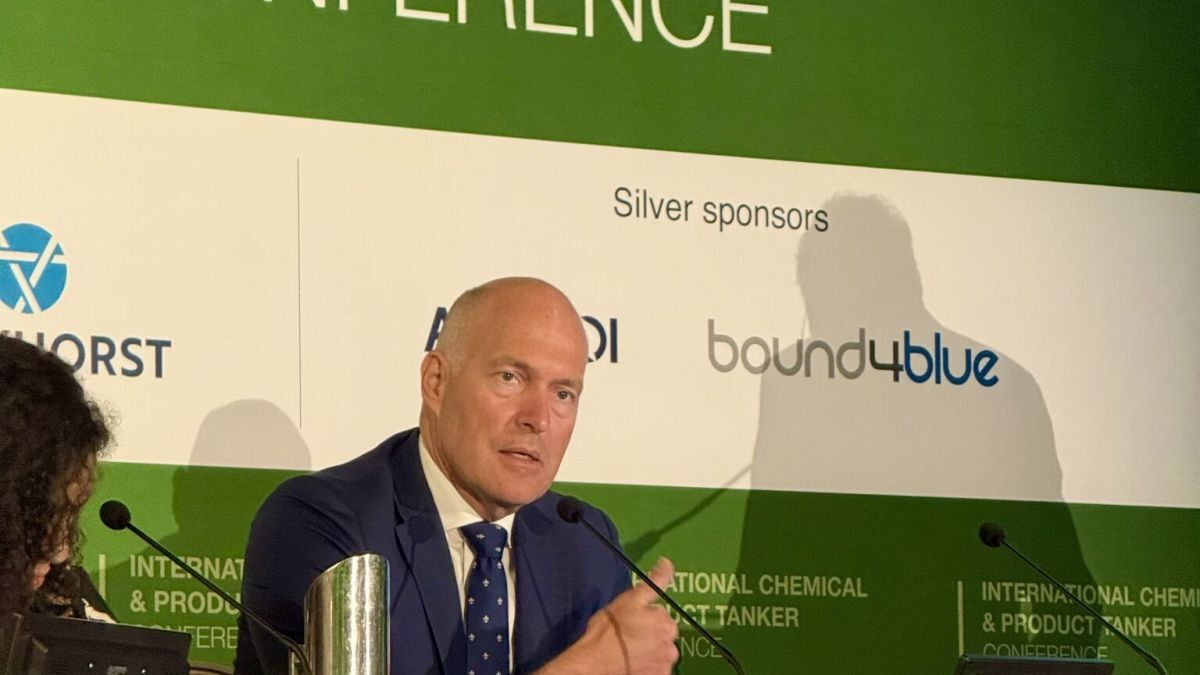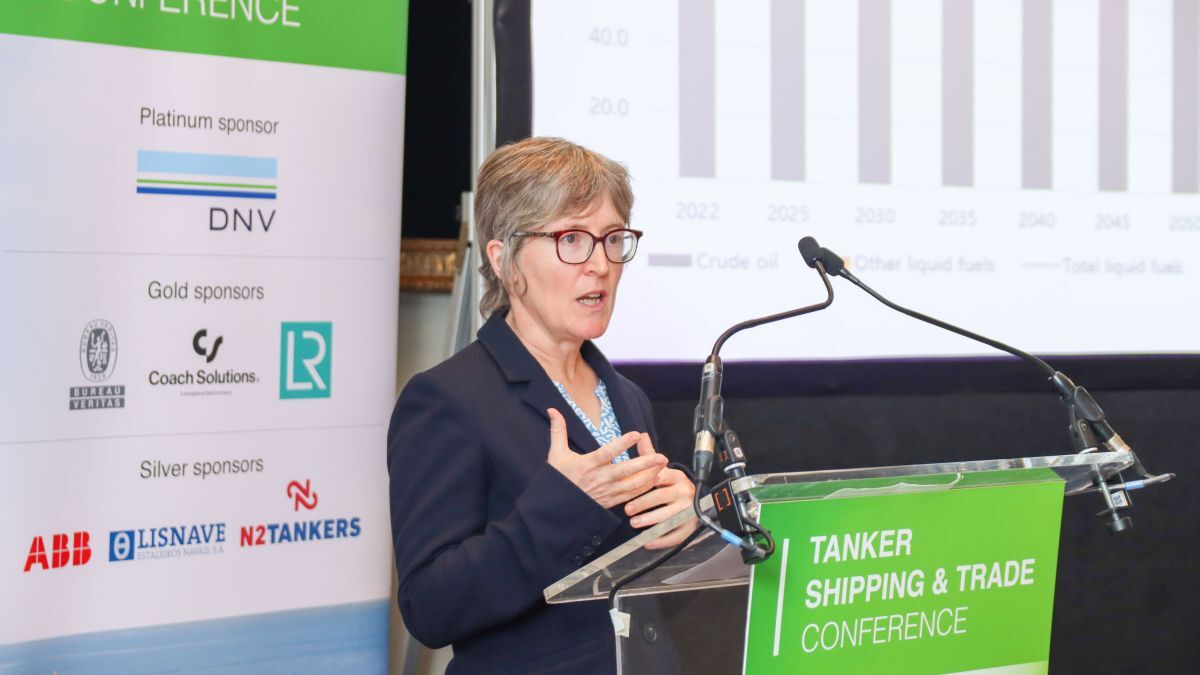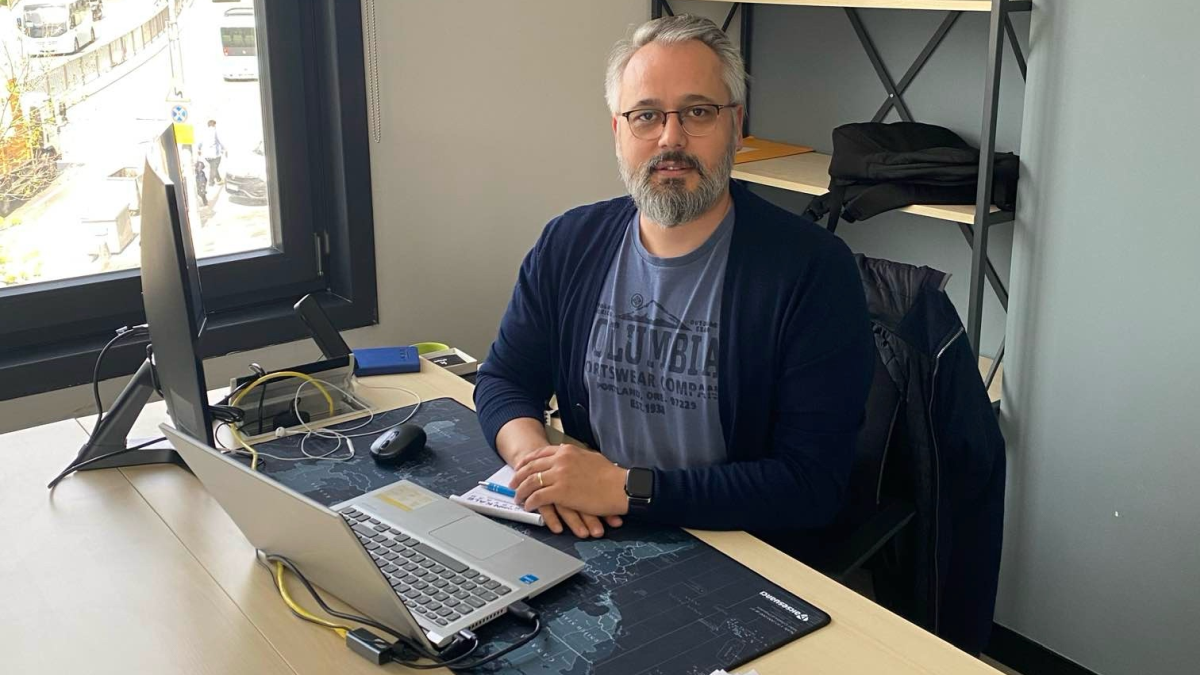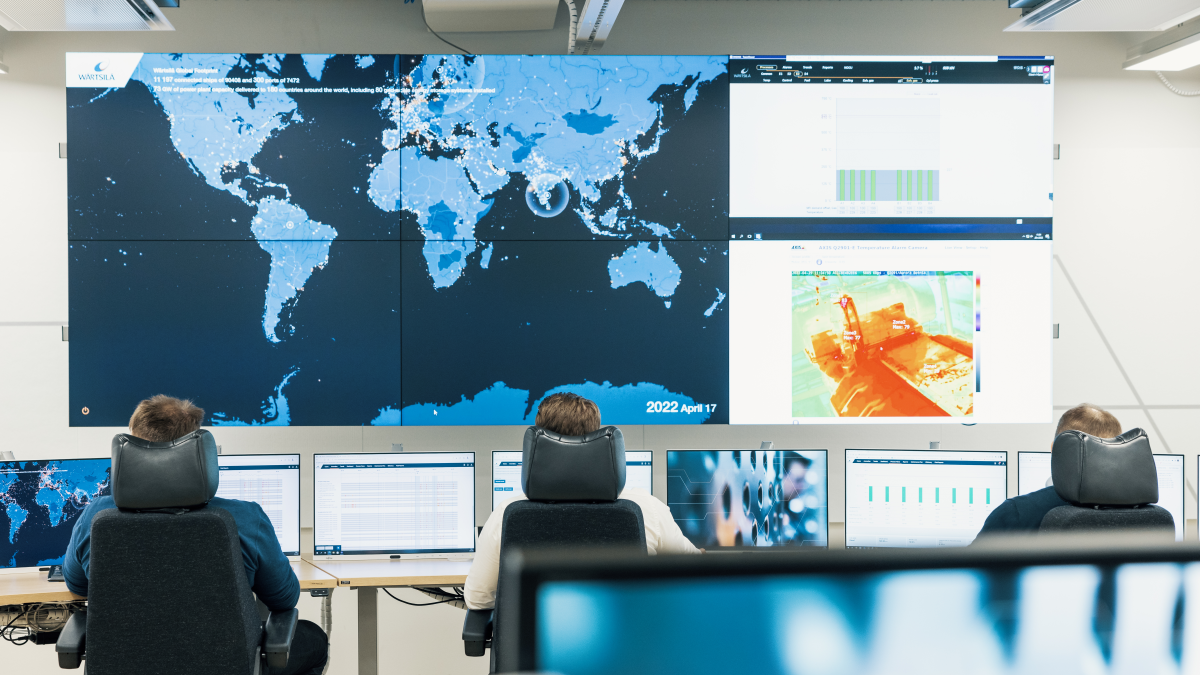Business Sectors
Events
Contents
SBM fine-tunes LNG product portfolio
Building on its oil sector expertise, SBM has spent the last four years developing engineered systems for offshore LNG processing and handling
Building on its oil sector expertise, SBM has spent the last four years developing engineered systems for offshore LNG processing and handling
SBM Offshore (SBM) is committed to building upon its pioneering, established expertise in the field of offshore loading/offloading terminals for the oil industry to team up with parties seeking to develop similar projects in the LNG field. The fact that SBM Offshore is the owner and operator of the world’s largest fleet of oil floating production storage and offloading (FPSO) vessels underpins the group’s credentials in this specialist field.
“As part of this drive, over the last four years SBM has developed three main families of products to assist in bringing a wide range of possible LNG import and export projects to fruition,” points out Harke Meek, business development manager for SBM Offshore. “The three product streams are as follows:
(a) floating liquefaction facilities, or LNG FPSOs;
(b) floating regasification and storage units (FSRUs), both conversions and newbuilds; and
(c) our proprietary Cryogenic Offshore Offloading and Loading (COOL*) systems.”
The LNG FPSO can assist in unlocking the value of offshore gas fields that are currently not considered viable for development while FSRUs provide customers with an alternative to an onshore LNG import terminal. Such an alternative may be more attractive because it improves navigational safety; is cheaper to build and operate; or is easier to permit and quicker to implement.
SBM’s COOL systems are designed to facilitate LNG cargo transfer operations not only for FPSOs and FSRUs but also to/from onshore LNG terminals. In addition, SBM’s COOL technology, combined with a subsea cryogenic pipeline, could provide an attractive alternative to a conventional LNG terminal jetty. The use of a cryogenic hose, either aerial or floating, a swivel connection and a subsea pipeline would enable the transfer of LNG cargoes from ships moored at an offshore discharge terminal to onshore storage tanks. Such an arrangement would obviate the need for capital-intensive infrastructure, such as breakwaters and jetties, and dredging. It would also increase the operator’s flexibility in siting the terminal. As such, it can be located away from populated and environmentally sensitive areas to improve safety and minimise the environmental impact on the coastal zone.
In its latest announcement in the offshore LNG sector SBM, together with its partner Linde, has developed a generic LNG FPSO design that can handle a wide range of gas compositions, reservoir pressures, production profiles and metocean conditions. In addition, the design is such that it can be quickly optimised for a specific field application. The partners have developed the project so that it can be offered on a lease and operate basis, with SBM/Linde taking the responsibility for the project financing, the construction completion and the LNG FPSO performance risk. With this generic design approach SBM and Linde have geared themselves towards the startup of the first such unit by mid-2012.
Other recent developments at SBM have included further refinement of several key components in its COOL portfolio of technologies in order to facilitate offshore LNG transfers. Apart from a cryogenic hose, SBM has developed the Soft Quay Mooring (SQM) system, a jetty configuration designed to accommodate the berthing, mooring and discharge of conventional LNG carriers in open sea environments. The SQM system has been designed to provide more uptime than a conventional jetty while using standard approach and berthing practices. In addition, SBM’s 20-inch toroidal cryogenic swivel has received ‘approval in principle’ from ABS and the ‘Spotlight on New Technology’ Award at the 2007 Offshore Technology Conference.
“In addition to the above, in order to be able to offer a complete COOL terminal solution to our clients that enables LNG to be transferred all the way from the offshore cargo discharge point to the onshore storage tanks, SBM has formed a mutually exclusive partnership with ITP for use of their subsea cryogenic pipe-in-pipe system,” states Mr Meek.
SBM is currently at various stages of discussions with a number of companies interested in the application of floating regasification facilities and COOL systems.
“One of the biggest challenges facing any company trying to introduce a new technology is to obtain market confidence and acceptance, and that is no different for our LNG products,” explains Harke Meek. “By performing extensive testing programmes and involving independent classification societies and potential customers early in the development process, SBM seeks to convince its clients of the feasibility of its new products.
“Furthermore SBM is bringing credibility to its new suite of products by leveraging its extensive proven offshore oil and LPG operational experience and by partnering with leading, complementary players in the industry, such as we have done with Linde for the LNG FPSO project, with FMC for our cryogenic hose connector and with ITP for the subsea cryogenic pipeline.
“With all the LNG FPSO and FSRU projects currently being developed, the safe and reliable transfer of LNG at offshore locations has been the issue of greatest concern for the industry,” continues Mr Meek. “To minimise the role that novel technologies may be called upon to play, SBM proposes to use proven hard loading arm technology for side-by-side operations, as commonly used at conventional shoreside LNG terminal jetties.
“In this respect, it is noteworthy that SBM is an active participant in the work of both the Oil Companies International Marine Forum (OCIMF) and the Society of International Gas Tanker and Terminal Operators (SIGTTO). As such, we are taking a leading role in developing industry guidelines for side-by-side LNG offloading operations, known as the Standard for the Transfer of Liquid Gas in the Offshore Environment (STOLGOE).”
“If the weather conditions are considered too harsh for side-by-side operations,” concludes Mr Meek, “then SBM would propose tandem offloading using either aerial or floating cryogenic hoses. Such hoses are currently in the final stages of in-house development. LNG
* COOL is a Trademark of SBM
Related to this Story
Women in Maritime Today: Elin Saltkjel says no day working in maritime is dull
Events
Maritime Environmental Protection Webinar Week
Cyber & Vessel Security Webinar Week
The illusion of safety: what we're getting wrong about crews, tech, and fatigue
Responsible Ship Recycling Forum 2025
© 2024 Riviera Maritime Media Ltd.













